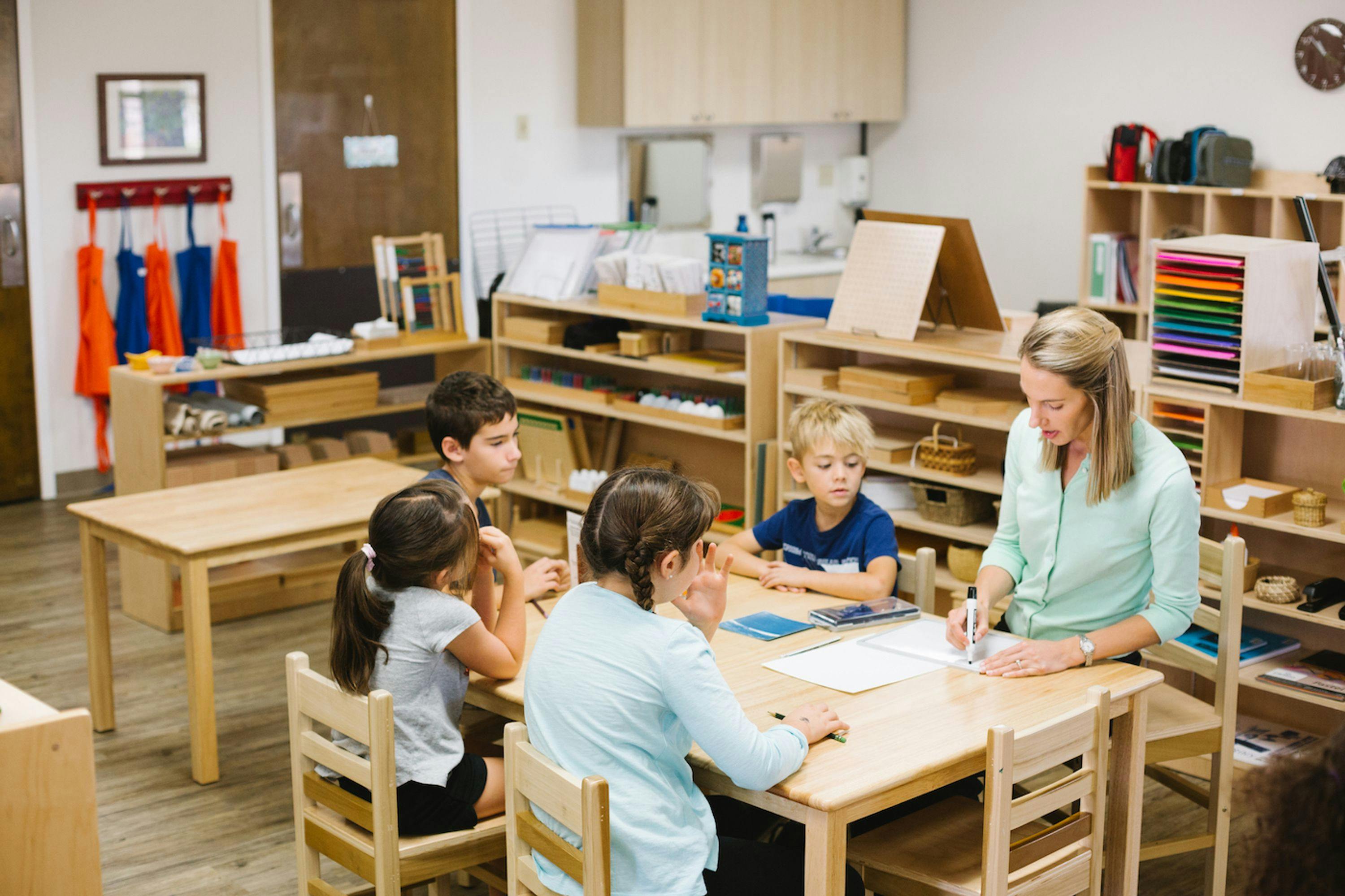Why 'Guide' Instead of Teacher?
Rather than passing information on to students, Montessori guides act as facilitators, helping children to discover and explore knowledge for themselves.
Why are educators in Montessori classrooms referred to as “guides” and not teachers? The reason behind this distinction is rooted in the Montessori philosophy itself. The guiding principle of a Montessori education is that children naturally want to learn and discover the world around them. The role of the guide is not to teach, but to facilitate learning by creating an environment that encourages exploration, discovery, and independence.
Guides in a Montessori classroom are trained to act more like a facilitator than a traditional teacher. They provide children with the tools and resources they need to learn and then step back and allow them to explore and experiment on their own.
This approach supports the Montessori belief that each child is unique, with their own learning style and pace. By creating a personalized learning environment and allowing children to direct their own learning, the guide can help each child reach their full potential.
In our classrooms at Guidepost Montessori, we are proud to have guides who are committed to inspiring a love of learning in the children that are in their care. They offer support and thoughtful guidance, but ultimately it is the child who leads the way. The term "guide" reflects the critical role that each educator plays in navigating and supporting the individual learning journeys of each child.
Sign up for our newsletter
Get started with our community today! Sign up for resources.
